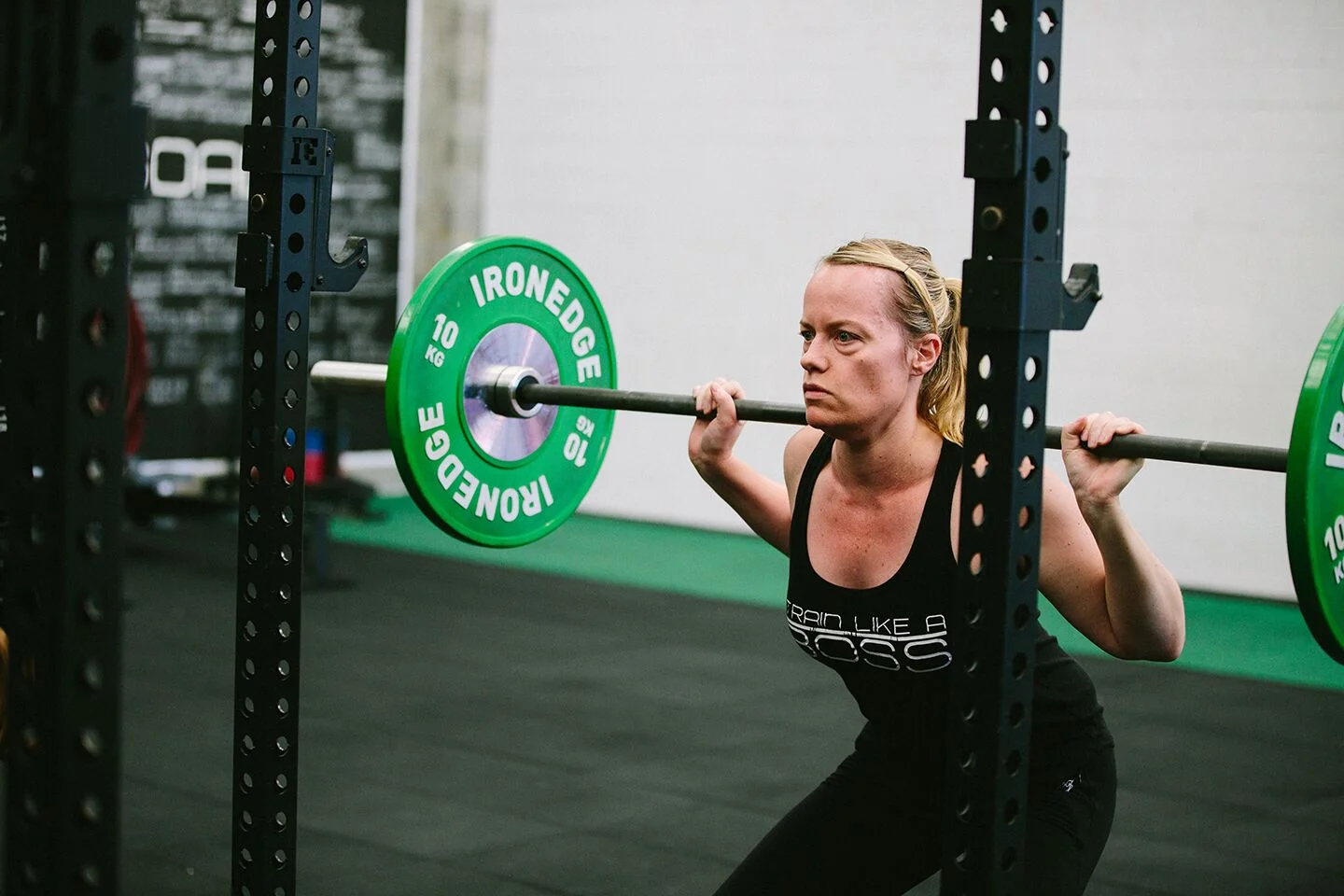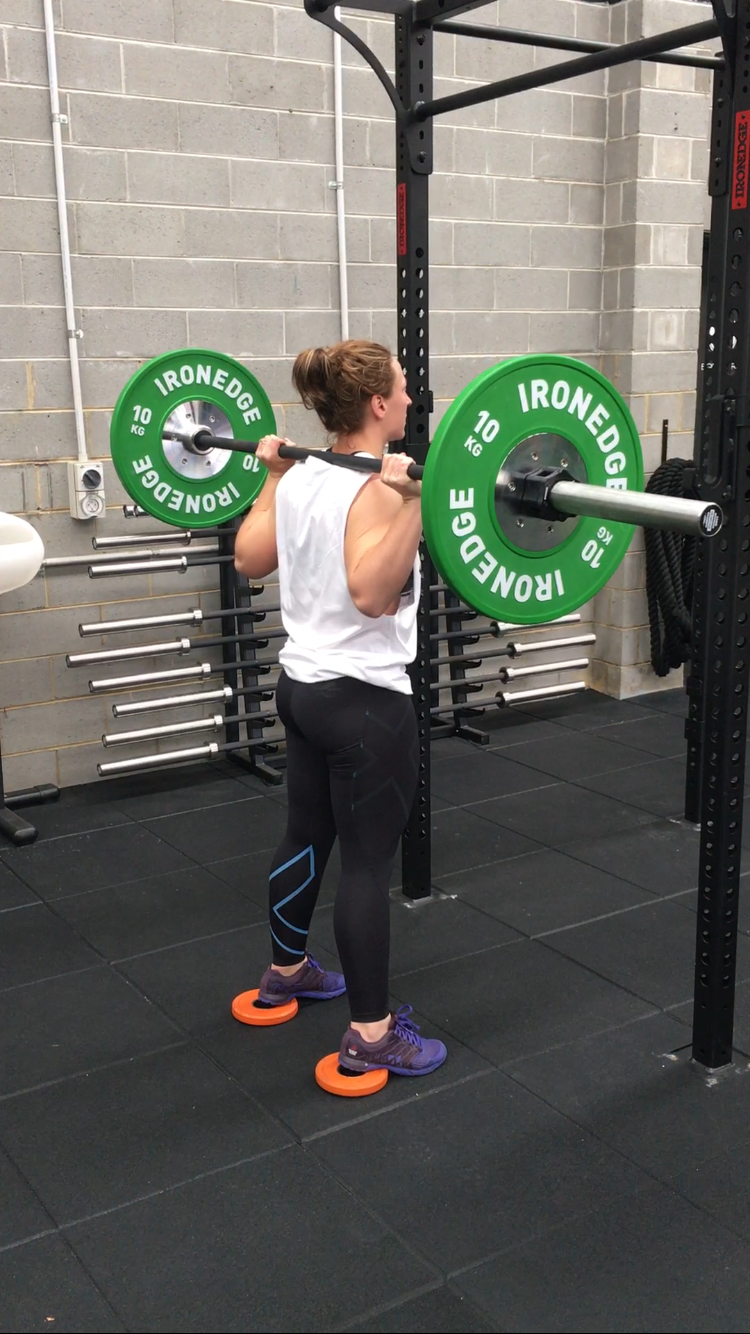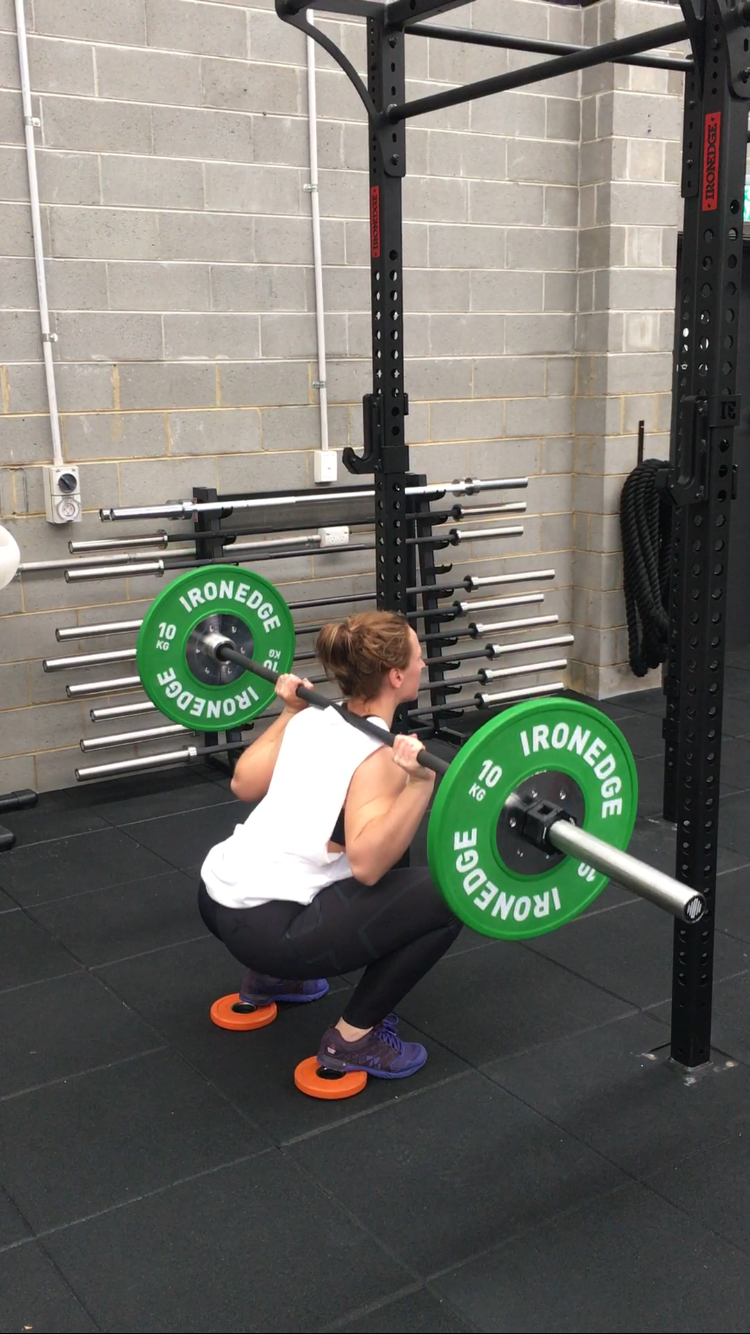Physical activity is vital for a child’s development and will lay the foundation for a healthy and active life as an adult. I cannot stress enough the importance of developing good habits surrounding physical activity and healthy eating habits early in life, and encourage families to engage in regular physical activity.
According to the Heart Foundation the majority of Australian children and young people are not meeting the daily Australian physical activity guidelines. Whilst it is estimated that 60% of Australian children participate in organised sport, this participation is no guarantee that children are getting enough exercise or the physical development that their growing bodies require.
Even if a child is involved in organised sports from a young age, the variety of skills taught during their training sessions will be specific to the sport they’re participating in rather than focusing on building the appropriate strength or movement that the child needs to minimise their risk of injury or developing poor form that will lead to problems later in life.
Research has shown that the health benefits of exercise among children and youth include increased physical fitness (cardio and muscular strength), reduced body fat, favourable cardiovascular and metabolic disease risk profiles, enhanced bone health, and reduced symptoms of depression*
A focus on essential movement training is imperative for children that are beginning school. They have shifted from a day where they were constantly moving freely around the house or kindergarden to sitting at a desk for 6 hours a day. Naturally, this results in a decline of their basic movement skills, causing instability and a decrease in strength of core stability and ankle, knee and hip mobility.
As a child progresses through the school years and their homework loads increase, they are now spending even more time sitting at a desk, and often lunch times will be spent sitting outdoors instead of engaging in active playtime. This results in an even more marked decrease in strength and movement.
This pattern continues into adulthood and we find ourselves with constant niggles and pain caused by poor movement in young age and compounded by limited physical activity as we age. I spend a significant amount of time re-programming adults to reduce the damage caused, but taking preventative measures now can help your child achieve a lifetime of strong fundamental movement and a positive association with exercise.
At Boss, we are passionate about this issue and its role in reducing chronic pain in later life (of which currently more than 70% of our adult population suffer from at least one form).
Just like adults, children learning to move well through guided targeted exercise enjoy the benefits of increased confidence and self-esteem, stress relief, improved sleep and digestion in addition to improved posture, balance, co-ordination, strength and flexibility. All vital to overall health and wellbeing.
Our Kids Fit Program kicks off on May 16th and is designed for children between the ages of 6 and 12. Our classes are held at 4.30pm on weekdays and we are currently offering free introductory sessions. To book or make an enquiry call 9584 1212 or email us below.
* https://heartfoundation.org.au/images/uploads/publications/ahka_reportcard_longform.pdf








